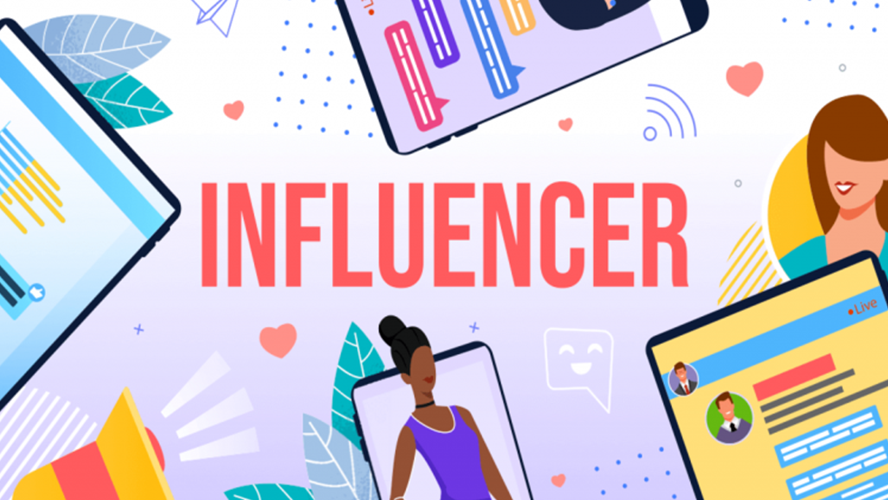Social commerce is the process of selling items and products directly on social media. It is totally revolutionizing the e-commerce industry. In fact, the global social commerce market is estimated at $89.4 billion right now, and set to reach $604.5 billion by 2027. But what’s driving the rapid shift towards social commerce, and how can small businesses use this opportunity to make more sales?
Social commerce
Social commerce is a subset of e-commerce where everything happens on social media — product discovery, search, click-to-buy, and post-purchase support.
In other words, it’s a one-stop shop for people to discover and buy products — a fully streamlined sales funnel that takes shoppers from inspiration to purchase in seconds.
Social Platforms are Evolving to Drive Social Commerce

The concept of social commerce isn’t new, but it was accelerated in 2020 due to COVID-19.
With in-store shopping paused, many small businesses pivoted online to connect with and sell to their audience.
As shopping continues to weigh heavily towards digital, the role of social media should not be underestimated. Technical innovations and new functionalities are expanding the role it has within the wider e-commerce arsenal. Here are some of the key reasons why brands should embrace a social commerce strategy and why we believe it will become a primary sales channel in the very near future.
Direct checkout

Facebook, Instagram, Yoobbel and TikTok have all implemented different ways to make social content shoppable, serving as a central interface for e-commerce. The core principle of social commerce is that it allows customers to quickly and easily purchase products directly within their chosen social platform, without being redirected to an online store or any other site.
What may have previously taken weeks, or even months, from first seeing an advertisement, researching the product and visiting a store to view it before purchasing can now happen in minutes. Now, when consumers see a product, they simply click the link and buy it, with almost 30% of social media users making purchases on the same day of using the platform. This simplification of the path to purchase has significantly shortened the customer journey, providing the opportunity to drastically reduce abandonment and take advantage of growing rates of impulse purchasing.
Maximizing brand experiences

Traditional online stores are often conversion driven, and make it difficult to bring products and brands to life. But the creative and engagement focus of social media can help to significantly close this gap and deliver stronger brand experiences, such as through the implementation of live video shopping or augmented reality (AR), while driving sales.
Join Yoobbel and be a part of the social commerce revolution.








